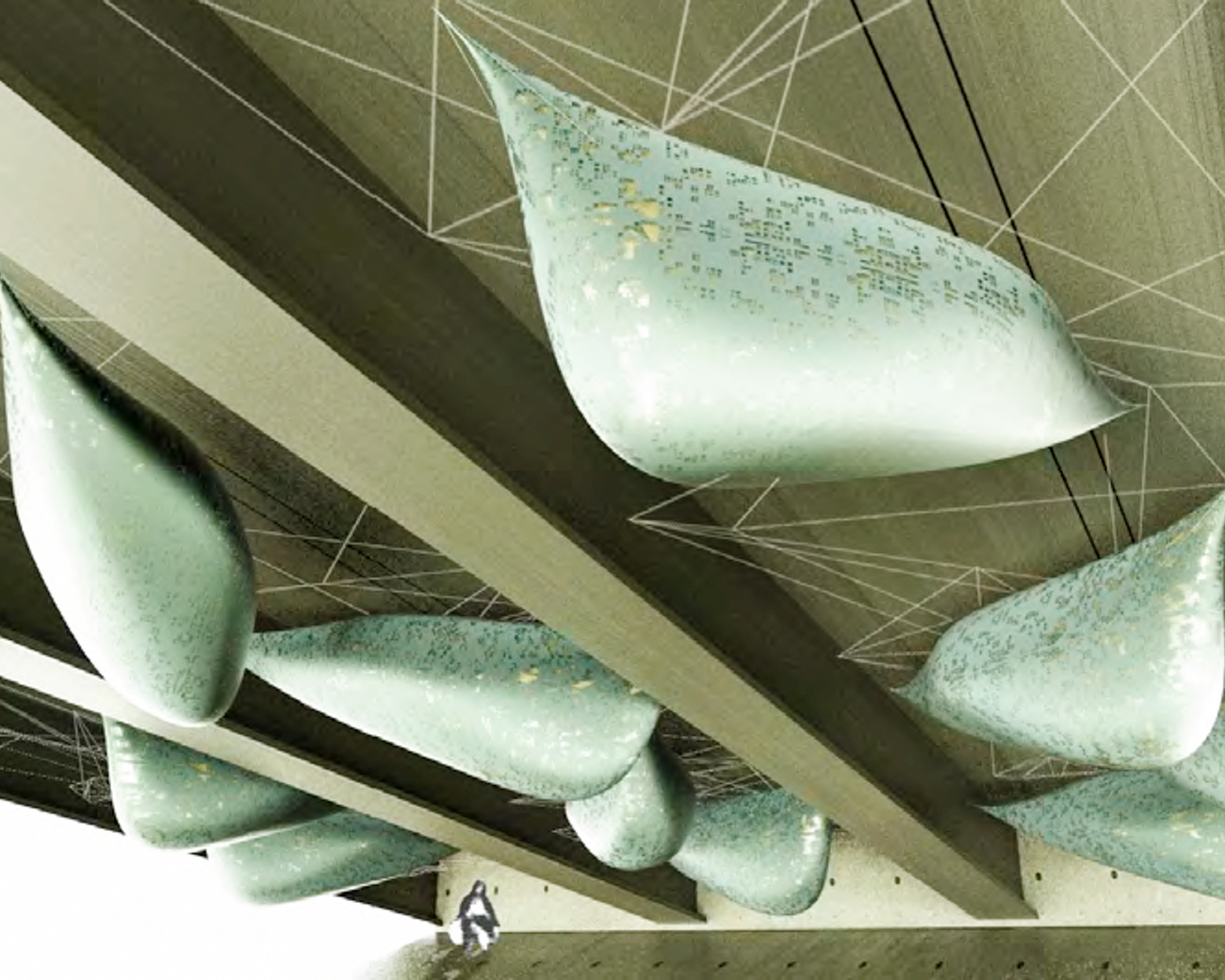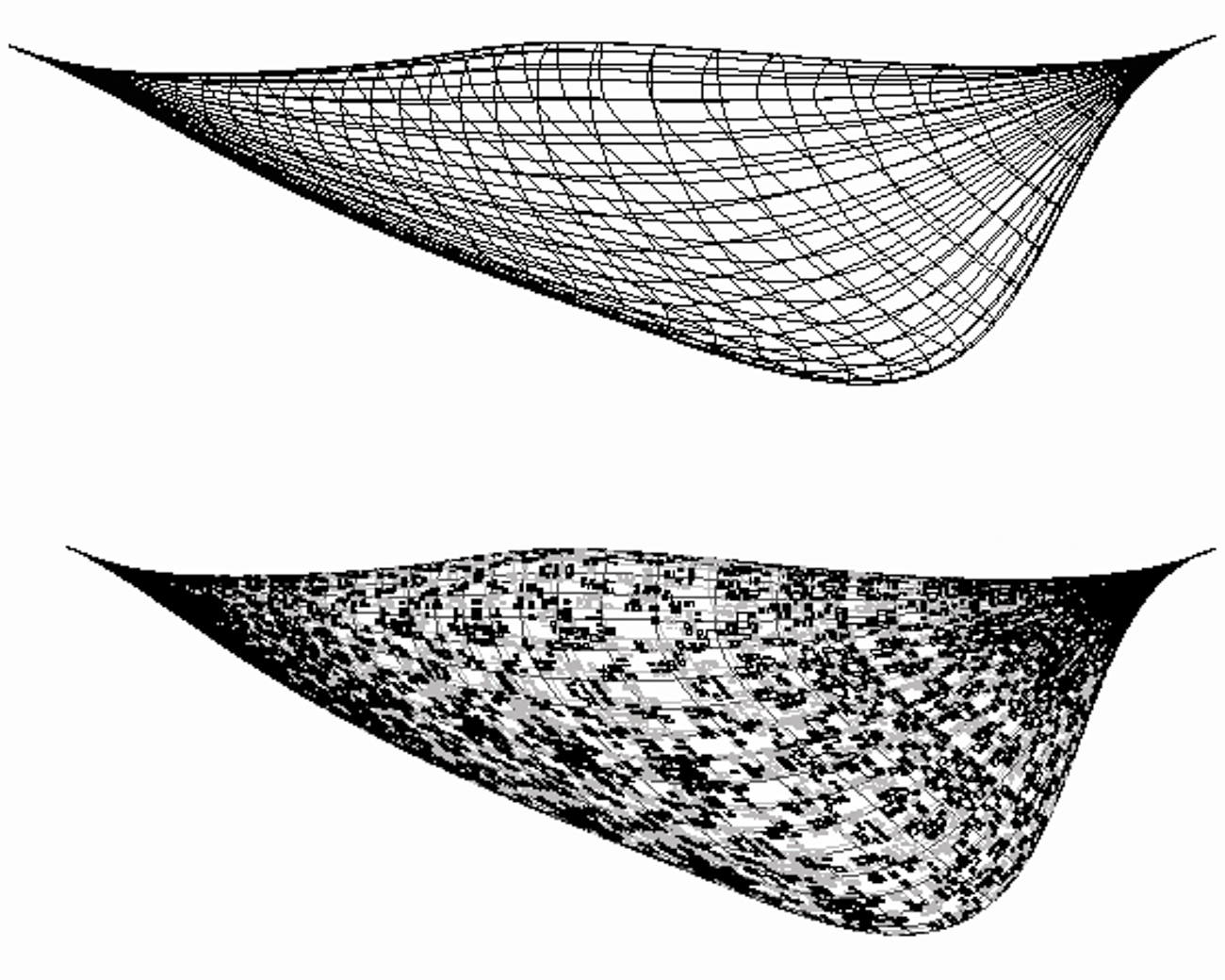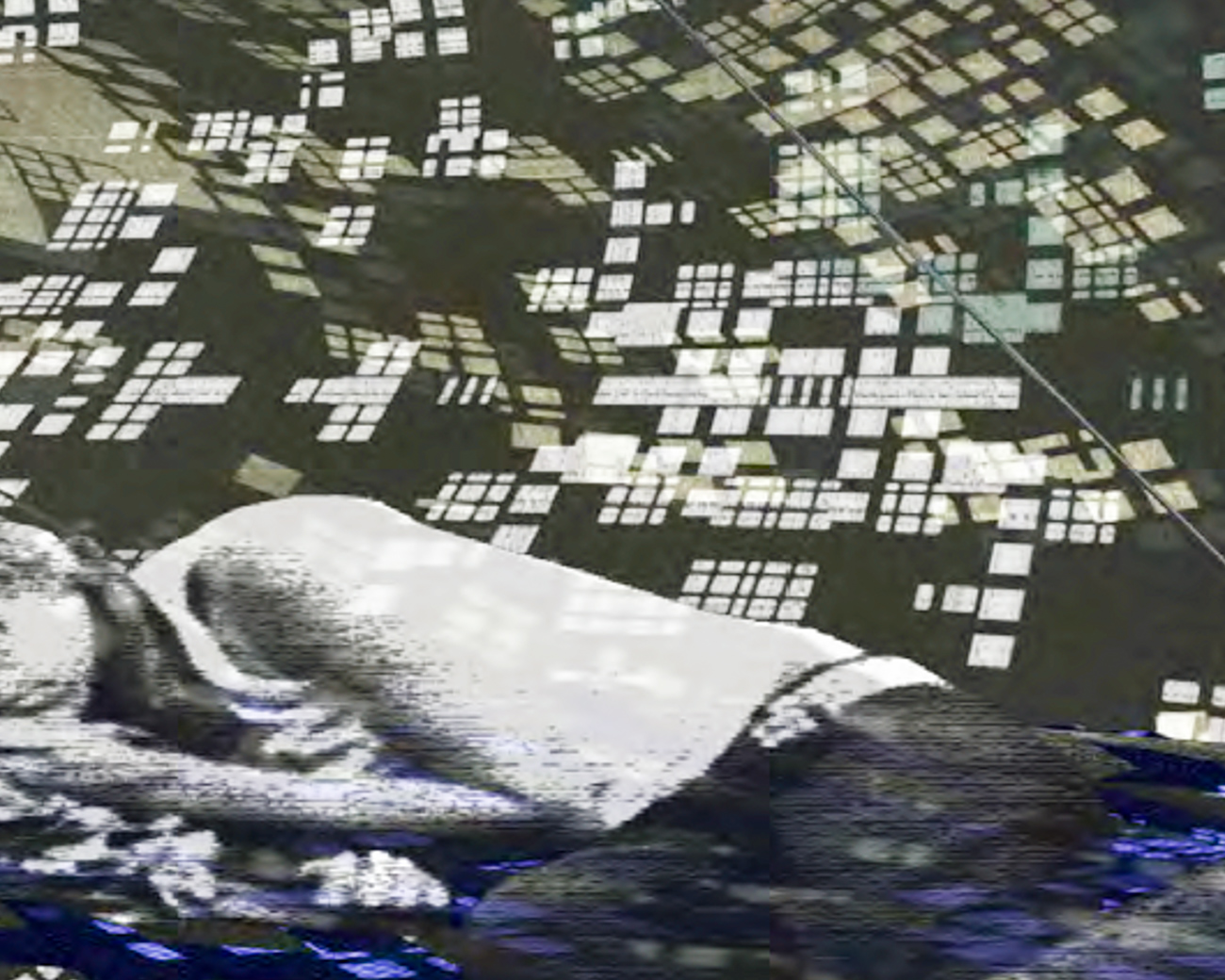EXIT GRID
This thesis studies a contemporary American hobo population as a model for a system to exit society. Unlike hobos of the Dust Bowl Era, this small, fragmentary subculture is is not necessarily destitute, but rather a group of people who sought out train-hopping as a lifestyle for its most romantic elements.
The thesis examines this how to build an Anarchitecture for users whose ideals reject structure, permanence, and consumer culture. Site and user specificity are key components to this architecture, yet the context is siteless, traceless and off-the-grid. The negotiation of these contradictions is what this thesis aims to address.
EXIT.GRID functions as a three-part system examining issues of property, surveillance, invisibility, and DIY fabrication, a temporary hiding place designed for a subculture that spends a lot of time waiting for trains and hiding from railroad officials. The user accesses a website that outlines a network of plug-in points for EXIT.GRID, tips from insiders, and and instructions and drawings to construct the temporary hiding place. With this information, the user builds a mobile structure that plugs-in and out of the permanent network as a starter kit for this new life on the road.
A camouflage pattern was developed for the project through running the Perlin Noise script in Processing, adjusting the levels to get different levels of opacity and pixilation, using the logic of the MARPAT camouflage pattern. The gradient of camouflage is translated into a density of openings, creating a more porous skin on either end of the form and a more closed surface on the belly of the form. The camouflage system blurs the edges of the form and allows the user more visibility at the axis.
PROJECT CREDITs
DESIGN: Molly Reichert
THESIS ADVISORS: Luke Ogrydziak, Zoe Prillinger, Ron Rael


